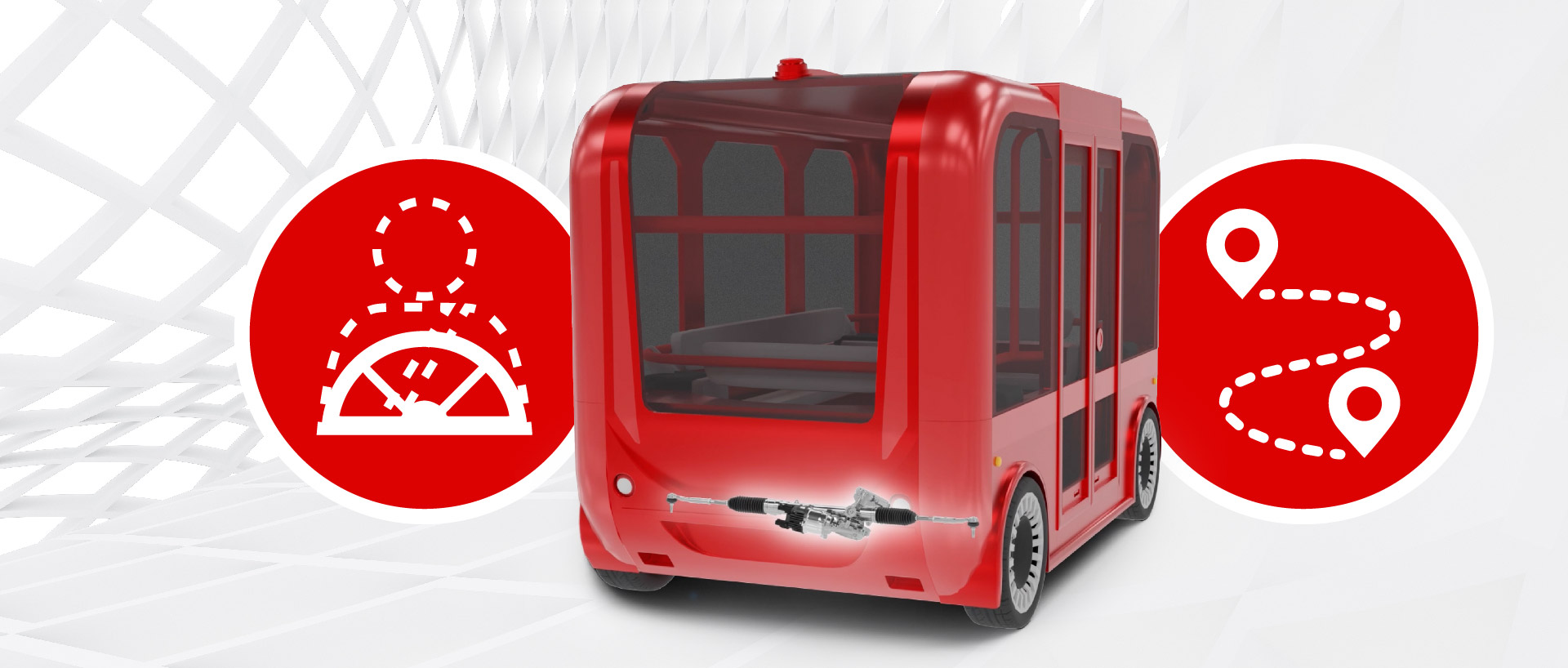Part 3 of 3: Nexteer’s focus on megatrend-to-portfolio alignment
The fully autonomous vehicle (AV) has been at the top of the drivers’ (and automakers’) wish lists for generations – from Herbie the Love Bug and Knight Rider to the Batmobile and Bumblebee, Hollywood has fueled the dream of self-driving cars.
In reality, AVs have not progressed at the rate expected 5-10 years ago – ambitious forecasts in the 2010s predicted an $800 billion “passenger economy” by 2035. But, S&P Global Mobility reports renewed progress in 2024 (think news from companies like Waymo, Cruise and Tesla in recent months), despite a recent slowdown.
Regionally, S&P predicts some variation in adoption as well. In 2034, the organization forecasts 1.5 million AVs to be sold in China, compared to 230,000 in the U.S. and just 37,000 in Europe.
In the meantime, advanced driver-assistance system (ADAS) features on the road today give us a glimpse into the potential benefits of automated driving.
Automotive News recently reported that the global market for ADAS is likely to grow to $307 billion by 2035, a huge jump from just $1.7 billion in 2023.
Tech for Today: Collaboration + Redundancy = Advanced Safety
Many ADAS features are already on the road, and drivers are embracing driver assist features that are fast becoming a safety standard in vehicles: lane-keeping, park assist, wind compensation and more.
From driver assist to fully autonomous driving, motion control technology plays a significant role in safely bringing new features and functions to life. An increase in assisted and automated technologies means that the safety net must ALWAYS be on. For steering systems and other subsystems, this means evolving robust requirements for redundancy. In other words, the higher the level of automation, the greater the need for additional layers of backup systems.
On the software side, we integrate additional layers that run simultaneously and process across multiple paths, so the software not only sends and receives commands, but also – continuously in real-time – runs checks on itself to ensure optimal operation. We also provide additional software-driven safety solutions such as Steer-by-Brake (We’ll cover that later).
On the hardware side, we build-in dual – or sometimes triple – component redundancies depending on the application. Don’t forget that when we increase the number of components, we still have to optimize for packing space at the same time!
Building on the importance of collaboration in our previous post on OEMs and suppliers working together is especially critical in autonomous motion control applications. They must take a wholistic approach beyond the subsystem – such as steering, for example – and innovate the motion control solution at the chassis and vehicle levels, as well as consider the application scenarios such as shared mobility, hands-free highway, etc.
Nexteer Technology Enabling ADAS
Nexteer steering technologies support several driver-assisted or fully automated features of today and tomorrow:
- Electric Power Steering: Many Nexteer EPS-enabled ADAS features are already on the road, including park assist, lane keeping, lane departure warning, traffic jam assist and more.
- High Availability EPS: Ensures the steering safety net is always on through intelligently optimized software designed for simultaneous, multi-path processing and hardware redundancies.
- Steer-by-Wire: Enables greater levels of safety and performance for all driving scenarios – whether the driver is in or out of the loop. SbW is also the preferred enabler of Automatic Emergency Steering which can steer the vehicle around hazards independent of a driver’s input.
- Stowable Steering Column: Increases convenience and comfort during autonomous driving or while parked by allowing the steering wheel to retract into the dashboard.
- Quiet Wheel Steering: Keeps the steering wheel still during autonomous driving to eliminate the potential hazard of a fast-rotating wheel.
- Steer-by-Brake: Uses the vehicle’s electronic brakes to steer while also controlling its speed, independent of the driver. It monitors the vehicle’s path to determine its ability to meet upcoming curves and performs alternative safety maneuvers when necessary.
The Next Step: Automated Shared Mobility
Automated shared mobility – and specifically robotaxis – is getting a lot of industry buzz recently. Forbes reports that robotaxis have driven at least 60 million miles in the United States and China, where the technology is being most heavily tested. Looking further down the road to 2050, S&P Global Mobility suggests that the shared mobility market could reach ~$1-1.5 trillion globally with the China market leading the way.
Additionally, autonomous vehicles are already carrying out specific tasks such as last-mile delivery services and shuttling people short distances. Eventually, autonomous vehicles could evolve from slow-moving, “geo-fenced” vehicles within neighborhoods to transport trucking caravanning on highways.
Motion control solutions are the backbone of both current ADAS technology and future shared, autonomous mobility. While we may not see a rush of AVs on the road in the coming years, Nexteer is committed to working with automakers to define the new era in autonomous mobility to drive a safer, greener and more exciting future.






